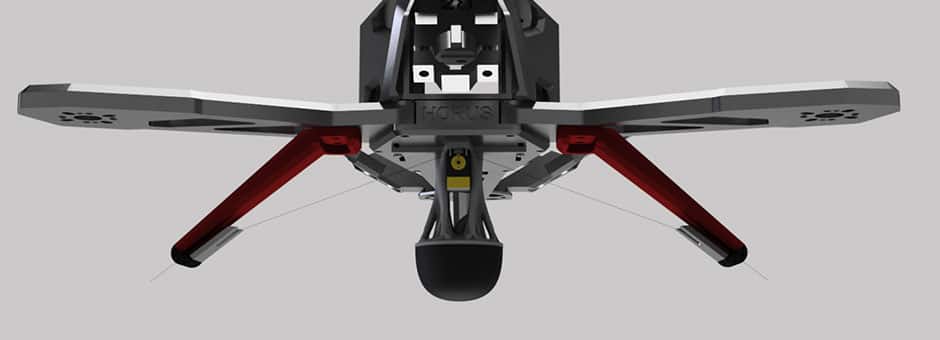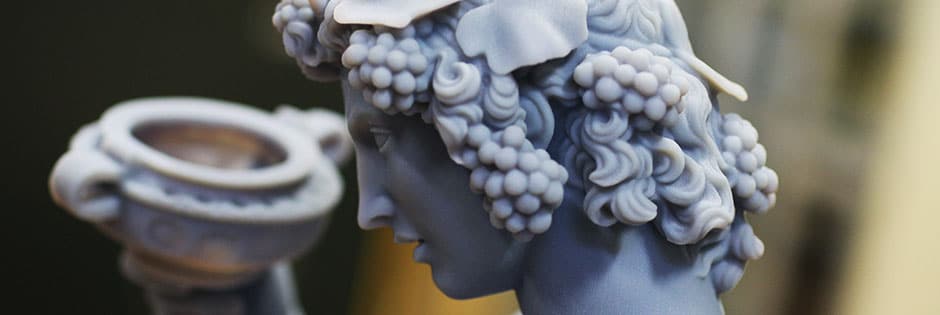Make the Unmakeable #1: Winner Q&A
From February 24th through May 4th, Fathom partnered with GrabCAD to host the first of three challenges in the 2015 Make the Unmakeable Contest. The competition dares designers and engineers to think differently about how they design and manufacture products by leveraging the unlimited design freedom made possible through additive manufacturing. Devin Sidell, Lead Industrial Designer at Likuma Laboratories, was ultimately named by judges the winner of Challenge #1 for his Grow Pod concept. After Challenge #2 was launched, Fathom asked Sidell to elaborate on his winning design and offer advice for other Make the Unmakeable contestants. The Grow Pod was chosen because it demonstrates a geometry that cannot be manufactured using a traditional method like injection molding or CNC machining. Plus, the design supports a New Year’s Resolution to eat more healthful foods and can morph into other shapes that suit multiple types of small plants. —Make the Unmakeable Judges
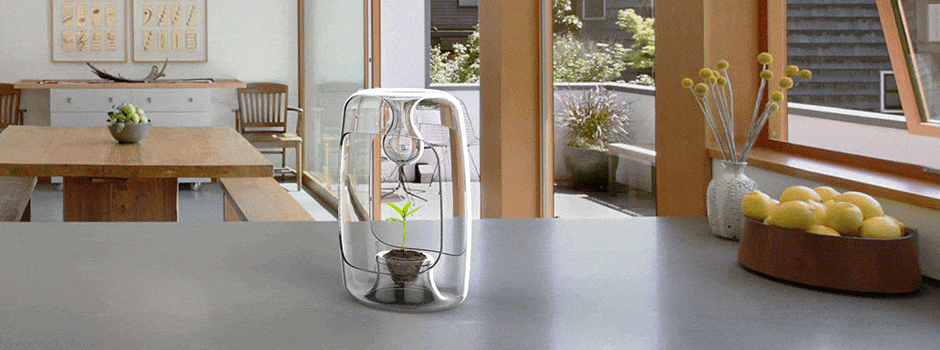
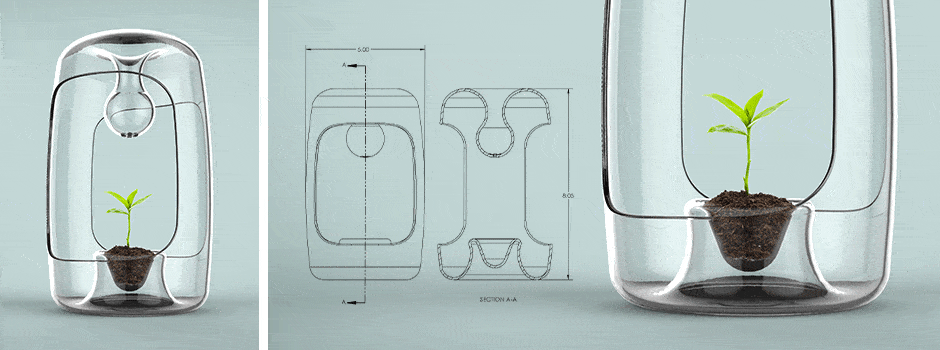
The Grow Pod truly takes advantage of the unlimited design freedom of 3D printing while addressing the theme of “Creative Solutions to New Year’s Resolutions” — tell us more about the design and how it fits the theme.
Sidell: The Grow Pod may seem simple in form, but in fact it would be extremely complex to produce in its current state. Making the Grow Pod with the help of additive manufacturing is the only way to create the seamless one-piece-form factor alongside all of the undercuts present in the design.
I chose to design around The New Year’s Resolution “Losing Weight & Staying Fit/Healthy” when I noticed my wife was trying to grow vegetable seedlings in K-Cups on our kitchen window sill. The seedlings were actually doing surprisingly well in such small containers but watering them was difficult—thus, the idea for the Grow Pod was born. Transparent PolyJet material was chosen to provide a view into how the plant was growing inside, as well allowing a way for light and air to pass through. It also provided a way to see how much water is collecting at the top which eventually drips down onto the plant.
Your concept carefully balances a simplicity of function with a geometric complexity that could only be achieved with additive manufacturing methods — what was your thought process behind this particular design?
Sidell: As an Industrial Designer who has designed plastic consumer products in the past, I understand that everything must be optimized for molding. This method of manufacturing often drives the look of final design, whether or not it’s the way I actually want it to be. In this case, the beauty of the form would have been ruined from having to mold the Grow Pod in multiple parts and subsequently assembling. With additive manufacturing, all of the issues I would have faced in a typical production environment—which would have forced me to change the design—are gone.
Several factors went into this design, such as reflecting nature, conveying the delicacy of life on Earth and growing fresh food indoors — how have your personal passions and interests inspired the Grow Pod?
Sidell: Since I was young I always felt in tune with nature. Spending time outdoors and seeing how plants in particular have solved the problem of survival by adapting different forms and structures actually inspired me to become an Industrial Designer in the first place. The natural world has had millions of years to design itself, working out the kinks and flaws to become more successful. This is what keeps me full of ideas on how we can improve the things we create that satisfy the needs in our lives. I have always had a green thumb, helping family and friends grow plants in their homes and gardening with my wife. I cultivate Bonsai in my spare time which helps keep up my creative streak while also allowing me to relax.
Challenge #2 of Fathom’s Make the Unmakeable Contest is already in progress and Challenge #3 is scheduled for later this year — what advice do you have for designers and engineers submitting designs to these challenges?
Sidell: My advice is to spend as much time as the competition allows on the idea(s) before submitting. Create variations and show it to friends and family. Ask yourself, does it meet all of the goals required? Does it go beyond them? Don’t worry about other people copying you—if they do, it must be a good idea and you had it first! Always keep in mind that the quality of your work will speak for itself. Lastly, be professional.
Once there is a winner for each of the three Make the Unmakeable challenges, those three winners will compete against each other for the grand prize of a uPrint SE — if you were deemed the Make the Unmakeable Champion, how would you use this professional 3D printer?
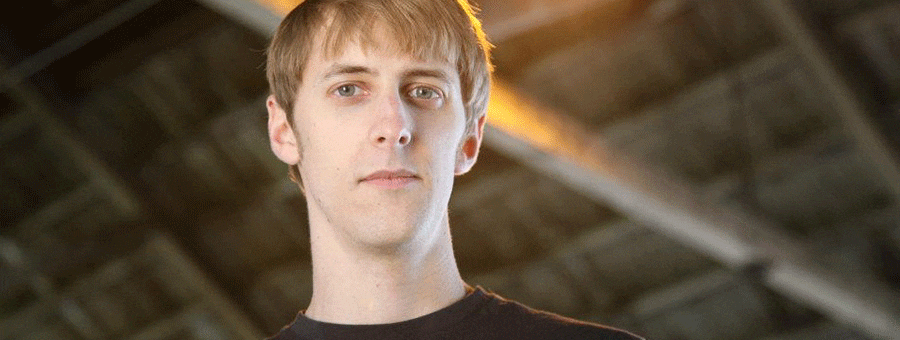
Sidell: The 3D printer would not only be an incredibly valuable tool to me as a professional Industrial Designer but would also help realize my thoughts and dreams quicker than ever before. Having the ability to create highly accurate and high-quality objects in a very short period of time would slingshot me forward in my pursuit of solving some of the biggest design problems while helping others in the community do the same.

